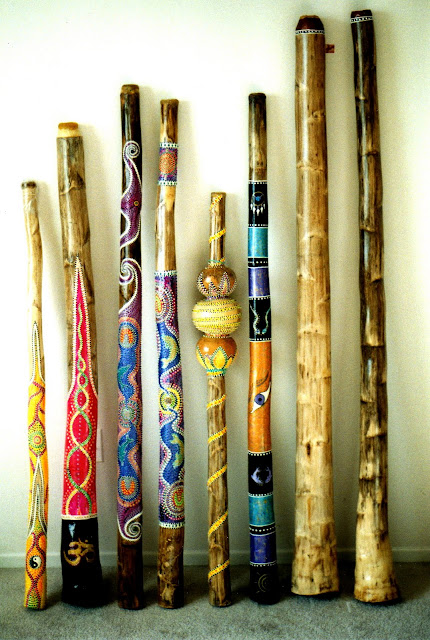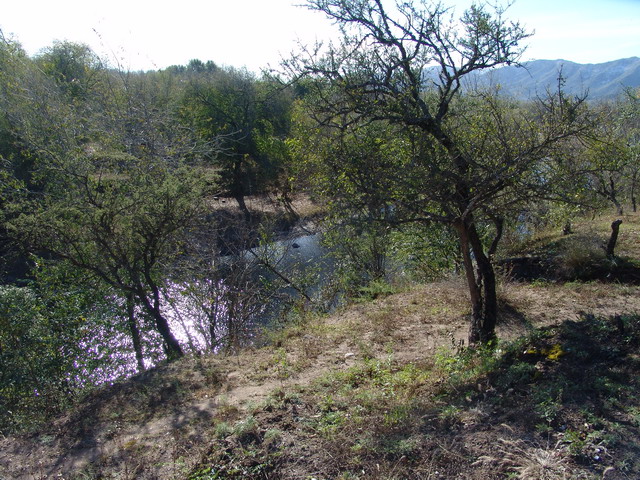Places to visit: Villa Cuidad Parque
I have never been to this town but have driven past it many times on my way to Cordoba city. The entrance to the town boasts an impressive arch. In the front is a little tourist office with very friendly people who offered me a map and information about places to visit.
When I turned into the main street I was expecting to see the town centre immediately. But I was pleasantly surprised to be driving for almost a kilometre before I saw something that resembled a town. I was driving down a double road and it felt like I was driving through a forest. The trees were beautiful and high and little sunlight came through. I loved the smell of the trees.
I got to a very nice park where children could play and where you can sit and relax. There was a little kiosk (A Spanish word for a little shop where you can buy beverages) and it almost looked like a bus stop. A crafter was displaying her goods but she was closing for siesta so I didn´t want to disturb her.
I continued for another 500m when I finally came to the end of the road. I was pleasantly surprised. The road led to the river and here I could see some activity. It did not resemble a town at all but there was some restaurants and people were hanging around. I loved the atmosphere. The river is the same river that is flowing past our hostel but it seemed to be wider this part. I crossed the bridge where I met other visitors taking photos.
The weather here is getting cold and it is not the best time to enjoy the river. But I can see that in summer time this place must be very busy. There are places to have a barbecue or picnic and the view is awesome. Now leaves were lying everywhere and the place had a definite autumn feel to it. I walked around for a little while, took some photos and sat down on a rock next to the river. The view was beautiful but so again so is the whole Calamuchita Valley.
I took a last look at the river and then it was time to go home.









